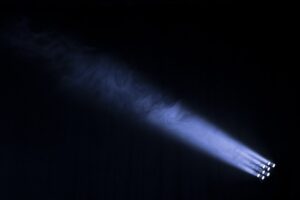When preparing for automotive emergencies, especially during adverse weather conditions like heavy rain or fog, having a reliable flashlight is crucial for maintaining visibility and ensuring safety. The ideal flashlight for such situations should be compact yet robust, with high-intensity lumen output to cut through darkness effectively. It must be built to endure environmental stressors, with sturdy materials and an IPX4 rating or higher for water resistance. A multifunctional design with various light settings including a focused beam for distance and a diffused beam for close-up tasks will cover all your lighting needs. Additionally, it should offer practical features like a strobe and SOS modes for distress signaling, USB recharging or replaceable batteries, and an ergonomic design that's easy to grip even when hands are wet. Keeping your flashlight charged or with spare batteries ensures you're always prepared for any sudden emergencies on the road, making it a vital component of your vehicle's safety equipment.
When navigating the roads during bad weather, visibility can be as crucial as having a well-maintained vehicle. An essential tool for drivers in these conditions is a high-quality flashlight designed specifically for automotive emergencies. This article delves into the key features that make flashlights for automotive emergencies indispensable, from their portability and durability to their brightness settings and battery life. We also explore the importance of waterproof and shockproof designs that can withstand harsh conditions. Additionally, we examine the added benefits of emergency flashlights with features like SOS modes and strobe lights. Whether you’re preparing for a sudden storm or planning a long drive, understanding how to choose the best flashlight to complement your vehicle’s emergency kit is paramount. With practical tips for using these flashlights effectively during emergencies, drivers can enhance their safety and ensure they are ready for any weather challenge on the road ahead.
- Essential Features of High-Quality Flashlights for Automotive Emergencies
- The Importance of Portability and Durability in a Driving Emergency Flashlight
- Brightness and Light Modes for Optimal Visibility During Bad Weather
- Battery Life Considerations for Long-Term Automotive Flashlight Use
- Waterproof and Shockproof Designs: Protecting Your Flashlight in Harsh Conditions
- Emergency Flashlights with Additional Features: SOS Modes, Strobe Lights, and More
- How to Select the Best Flashlight for Your Vehicle's Emergency Kit
- Practical Tips for Using a Flashlight During Bad Weather Driving Emergencies
Essential Features of High-Quality Flashlights for Automotive Emergencies
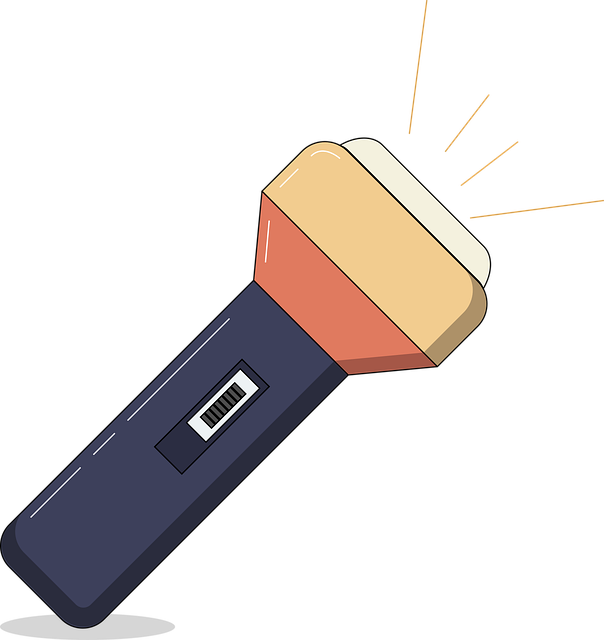
When driving in bad weather, visibility can rapidly diminish, making it crucial to have reliable lighting. High-quality flashlights for automotive emergencies are not just a safety tool but an essential component of your vehicle’s preparedness kit. A flashlight with a durable design ensures it can withstand the harsh conditions encountered during adverse weather. Look for flashlights that offer high lumen output to illuminate dark roadways effectively, allowing drivers to safely navigate in fog, rain, or snow. Additionally, features such as a focused beam are beneficial for signaling for help or inspecting vehicle components in low light.
Battery life is another critical aspect; a long-lasting power source ensures the flashlight remains operational when you need it most. Moreover, consider flashlights with multiple brightness settings to conserve energy and adjust the intensity according to the situation. Impact resistance and waterproofing are vital for automotive emergencies, as they protect the device from environmental factors. A robust clip or strap design allows for secure attachment to your vehicle or gear, ensuring the flashlight is always within reach. Finally, models with LED technology provide a longer lifespan and instant access to full brightness, which can be life-saving during unexpected automotive emergencies in bad weather conditions.
The Importance of Portability and Durability in a Driving Emergency Flashlight
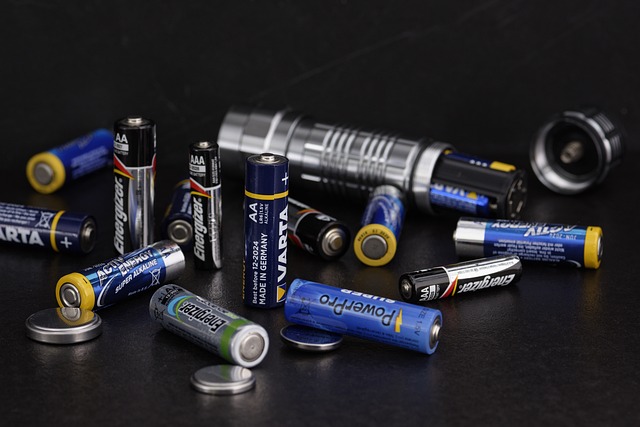
When driving in bad weather, visibility can quickly deteriorate, leading to emergencies where a reliable light source becomes indispensable. A flashlight designed specifically for automotive emergencies should be portable and durable enough to withstand the harsh conditions it might face. Portability ensures that drivers can easily stow their flashlight without taking up precious space in the vehicle; it should also be accessible in an instant, allowing for hands-free operation if needed. Durability is equally critical as it protects against environmental factors like rain, snow, and mud, which could otherwise render a less robust light source useless. A durable flashlight with impact resistance and waterproof features will continue to function even after being dropped or exposed to the elements. Flashlights for automotive emergencies should also feature a secure grip, high-quality LEDs that provide ample illumination without overheating, and a long battery life to ensure drivers are prepared for unexpected nighttime breakdowns or adverse weather conditions. Incorporating these features into a flashlight not only enhances safety but also provides peace of mind for motorists who face the unpredictability of driving in bad weather.
Brightness and Light Modes for Optimal Visibility During Bad Weather
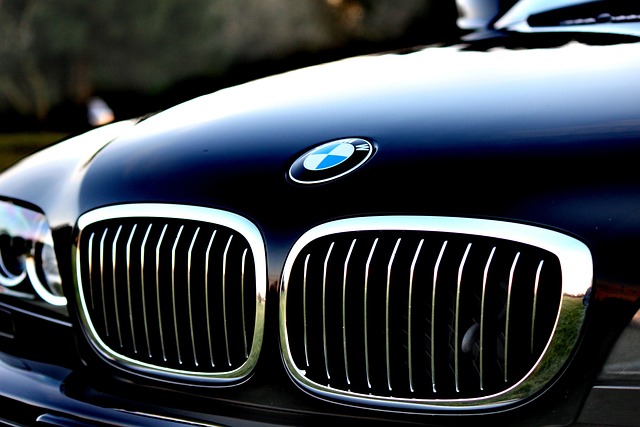
When driving in bad weather, visibility can be significantly compromised by factors such as heavy rain, fog, or snow. A reliable flashlight for automotive emergencies is an indispensable tool to enhance safety and navigation during these conditions. Opting for a flashlight with high lumen output is crucial; it should cut through the gloom effectively, ensuring that drivers can clearly see the road ahead and any potential hazards. The brightness level should be adjustable as well, allowing users to manage battery life by dimming the light when full illumination isn’t necessary.
In addition to raw brightness, flashlights designed for automotive emergencies often feature various light modes. These can include a focused spotlight for distant objects, a wide-angle diffused beam for general area lighting, and possibly red or blue LEDs that preserve night vision while minimizing glare and discomfort for other motorists. Some models also offer strobe or SOS patterns, which can be used for signaling in case of emergencies. The ability to switch between these modes on the fly means drivers can adapt their lighting needs to the specific demands of the weather and their environment, ensuring optimal visibility without compromising safety.
Battery Life Considerations for Long-Term Automotive Flashlight Use
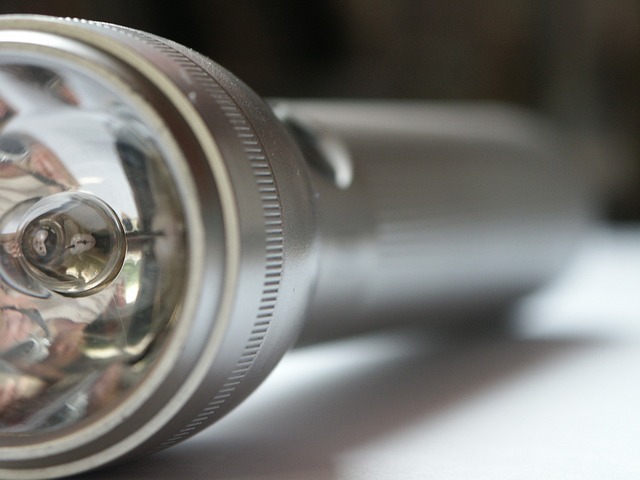
When driving in bad weather, visibility can be significantly compromised, making it crucial to have reliable lighting solutions. Flashlights for automotive emergencies are indispendent sources of illumination that can be pivotal during unexpected breakdowns or when navigating through storms. Battery life is a primary concern for these flashlights due to the unpredictable duration of such events. Users should opt for high-quality batteries, as they offer longer performance and more reliability compared to standard alkaline options. Additionally, flashlights with LED technology are preferable as they consume less power and provide brighter light, which is essential for clearly seeing in low-light conditions or dark environments inside the vehicle.
For long-term use, especially during extended automotive emergencies, consider flashlights with user-replaceable batteries. This feature allows drivers to extend the lifespan of their flashlight by swapping out depleted batteries with fresh ones. Furthermore, flashlights designed with battery life indicators can help users prepare and prevent situations where the light could go out at the most inopportune times. It’s advisable to have a set of fully charged spare batteries readily available alongside the flashlight. By considering these aspects, drivers can ensure that their automotive emergency flashlight is always ready to provide the necessary illumination when bad weather strikes and visibility becomes a critical concern.
Waterproof and Shockproof Designs: Protecting Your Flashlight in Harsh Conditions
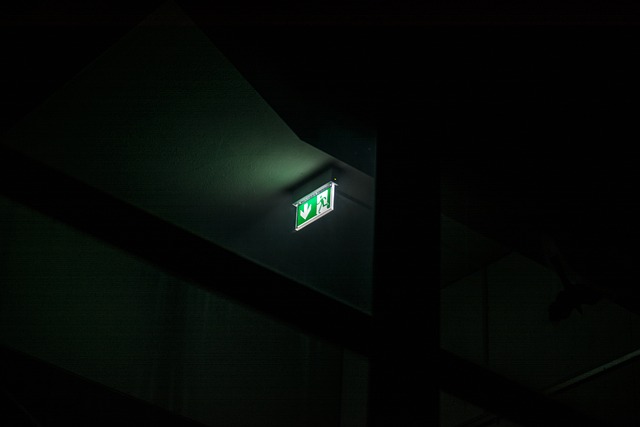
When driving in bad weather, visibility can be severely compromised, making a reliable light source indispensable for automotive emergencies. Flashlights designed specifically for automotive use must withstand harsh conditions and unexpected shocks from vehicle movements or impacts. A waterproof flashlight ensures that your lighting tool remains operational even during torrential downpours or when crossing waterlogged areas. This feature is crucial as it protects the internal components from water ingress, which could otherwise cause short circuits or corrosion over time.
In addition to water resistance, shockproof designs are equally vital for flashlights used in automotive settings. Sudden jerks, bumps against hard surfaces inside the vehicle, or even a drop can compromise a flashlight that lacks shock absorption features. A flashlight for automotive emergencies should be built with a rugged construction that can absorb impacts and maintain functionality. This durability means that the light will be ready when you need it most, such as during a roadside repair in the dark or navigating through flooded areas. With a combination of waterproof and shockproof designs, these flashlights not only enhance safety but also provide peace of mind for drivers facing bad weather conditions.
Emergency Flashlights with Additional Features: SOS Modes, Strobe Lights, and More
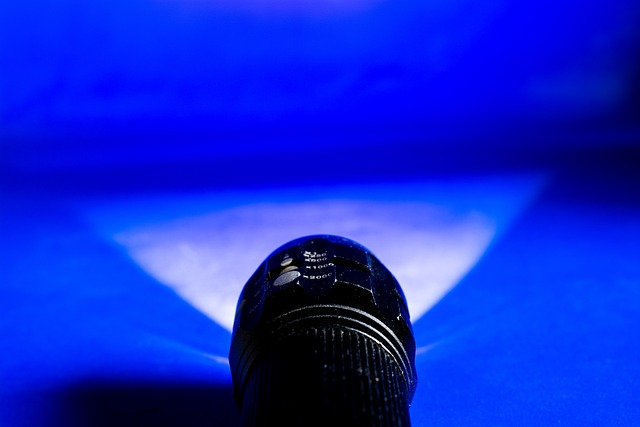
When navigating the roads during inclement weather, a reliable flashlight for automotive emergencies can be a driver’s best ally. Not all flashlights are created equal; for bad weather driving conditions, it’s crucial to have a device that offers more than just a steady beam. Emergency flashlights designed specifically for use in vehicles often come equipped with additional features tailored for such scenarios. These advanced models may include SOS modes, strobe lights, and high-intensity beams that can serve as distress signals or provide clear visibility during unexpected breakdowns or power outages. The SOS mode is particularly valuable as it sends a visual signal that can alert other motorists or rescuers of your location. Strobe lights, on the other hand, can be used to disorient potential intruders if you’re stranded and alone. Additionally, the high-intensity settings can help you to safely navigate through fog, heavy rain, or dense fog where visibility is critically compromised.
Furthermore, these flashlights for automotive emergencies are often built with durability in mind, ensuring they can withstand the elements and rough handling that comes with being stored in a vehicle. They are typically waterproof, shock-resistant, and feature impact-resistant lenses. Some models even come with adjustable focus options, allowing you to switch between wide illumination for area lighting and narrow beams for long-distance signaling. It’s important to choose a flashlight that is both user-friendly and equipped with these features to ensure safety and preparedness while driving in bad weather.
How to Select the Best Flashlight for Your Vehicle's Emergency Kit
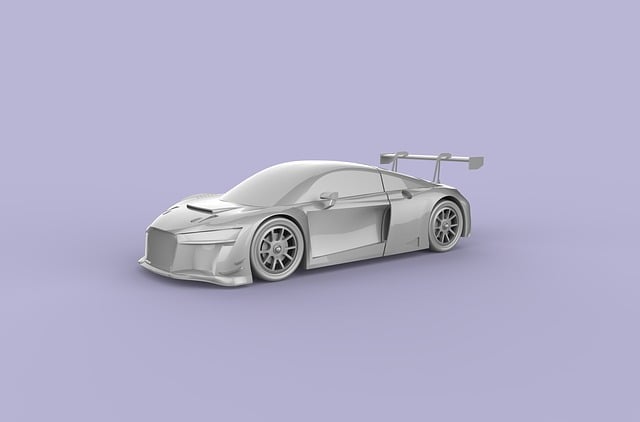
When assembling or updating your vehicle’s emergency kit, selecting a reliable flashlight for bad weather driving is crucial. The ideal flashlight for automotive emergencies should be compact yet durable, capable of withstanding the elements and providing consistent illumination in low-visibility conditions. Look for flashlights that offer high lumen output to pierce through rain, fog, or darkness caused by power outages. A flashlight with a sturdy construction, preferably made from materials like aluminum or rubberized coatings, will endure the rough conditions inside a vehicle and resist water intrusion as per IP ratings (IPX4, IPX7, or higher).
Moreover, versatility is key. A multifunctional flashlight that includes various light modes—such as high, medium, low, and emergency strobe settings—can serve multiple purposes. It should also feature a durable battery with long-lasting power, possibly with the option of replaceable batteries or USB recharging capabilities. Additionally, consider a flashlight with a focused beam for distance and a wider beam for close-up tasks, ensuring you can navigate your surroundings effectively during an automotive emergency in bad weather. By selecting a flashlight that meets these criteria, you’ll be better prepared for the unexpected on the road.
Practical Tips for Using a Flashlight During Bad Weather Driving Emergencies

When driving in bad weather, visibility can quickly diminish, making it crucial to have a reliable light source for automotive emergencies. A flashlight designed specifically for automotive emergencies is an indispensable tool in your vehicle. It should be easily accessible and ready to provide illumination when needed. During heavy rain, fog, or any other adverse conditions, a flashlight can help you navigate safely, check under the hood without getting soaked, or signal for assistance if you breakdown. Select a model with a durable construction to withstand the elements and a high-intensity beam for maximum visibility in low-light situations.
In addition to having a flashlight readily available, it’s important to know how to use it effectively. Always choose a flashlight with a secure grip to prevent dropping it in slick conditions. Practice using your flashlight during normal driving so that you are familiar with its functions and beam patterns. In the event of an emergency, direct the light towards the area you are inspecting, not directly into your eyes or those of anyone nearby. A flashlight for automotive emergencies should also have various lighting modes, such as a strobe or SOS signal, which can be critical for attracting attention in case of a breakdown or accident on bad weather days. Ensure that the batteries are fresh and that you carry extras to avoid being caught off-guard when you most need the light.
When driving in bad weather, safety should be your top priority. A high-quality flashlight designed for automotive emergencies is an indispensable tool, offering portability, durability, and reliable light to guide you through unexpected situations. Considering brightness, versatile light modes, and exceptional battery life, flashlights for automotive emergencies are engineered to be waterproof and shockproof, standing up to the harshest conditions. With additional features like SOS modes and strobe lights, these flashlights not only illuminate your path but also serve as signal devices when every second counts. Selecting the best flashlight for your vehicle’s emergency kit is a smart move that could make all the difference in times of need. Always remember to keep it charged, easily accessible, and ready to enhance your visibility and ensure your safety on the road during bad weather.
